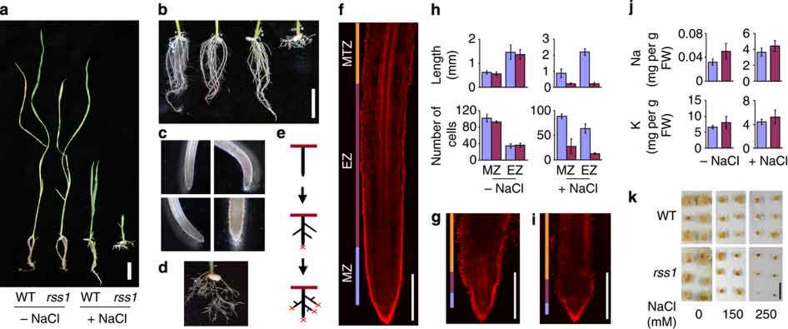Figure 1. rss1 is hypersensitive to salt.
(a, b) The phenotype of rss1. WT and rss1-1 seedlings were grown in the absence (−) or presence of 150 mM NaCl (+) for 15 days. (a) Seedlings. (b) The roots in (a) were visualized by floating in water. Left, WT (−NaCl); middle-left, rss1-1 (−NaCl); middle-right, WT (+NaCl); right, rss1-1 (+NaCl). (c) Root tips of WT (top) and rss1-1 (bottom) seedlings grown in the absence (left panels) or presence of 150 mM NaCl (right panels). (d) The root branching pattern of rss1-1 grown in the presence of 150 mM NaCl. (e) A schematic illustration of rss1-1 root branching under high-salt conditions. (f, g) Propidium iodide (PI) staining of the root cells of WT (f) and rss1-2 (g) plants grown under high-salt conditions (150 mM NaCl, 5 days). (h) The length of (top) and the number of cells in (bottom) the MZ and EZ in the root of WT (blue) and rss1-1 (magenta) plants grown under normal (−NaCl, 4 days) or high-salt conditions (+150 mM NaCl, 5 days). Mean±s.d., n=4. (i) PI staining of root cells of WT grown in the presence of 150 mM NaCl and 10 mg/l aphidicolin. (j) The amount of Na+ (top) and K+ (bottom) in the shoot of WT (blue) and rss1 (magenta) seedlings grown in the absence (−) or presence (+) of 150 mM NaCl for 14 days. The data represent the mean±s.d., n=5. The K+/Na+ ratios were 211.1±46.2 in WT versus 164.4±32.2 in rss1-1 under normal conditions and 1.23±0.17 in WT versus 1.19±0.24 in rss1-1 under high-salt conditions (mean±s.d., n=5). (k) rss1 calli are hypersensitive to salt. WT or rss1-1 calli derived from seeds were grown in MS medium containing 2 mg/l 2,4-dichlorophenoxy acetic acid. Fresh callus pieces were then transferred to fresh medium of the indicated concentrations of NaCl and cultured at 25 °C for 3 weeks. Bars: 2 cm (a, b), 0.5 mm (f, g, i), 1 cm (k). EZ, elongation zone; MTZ, maturation zone; MZ, meristematic zone.

